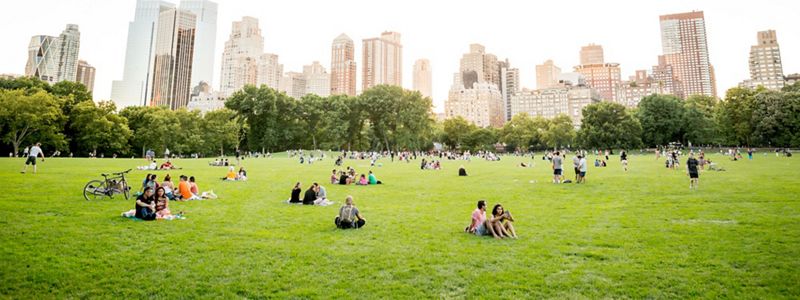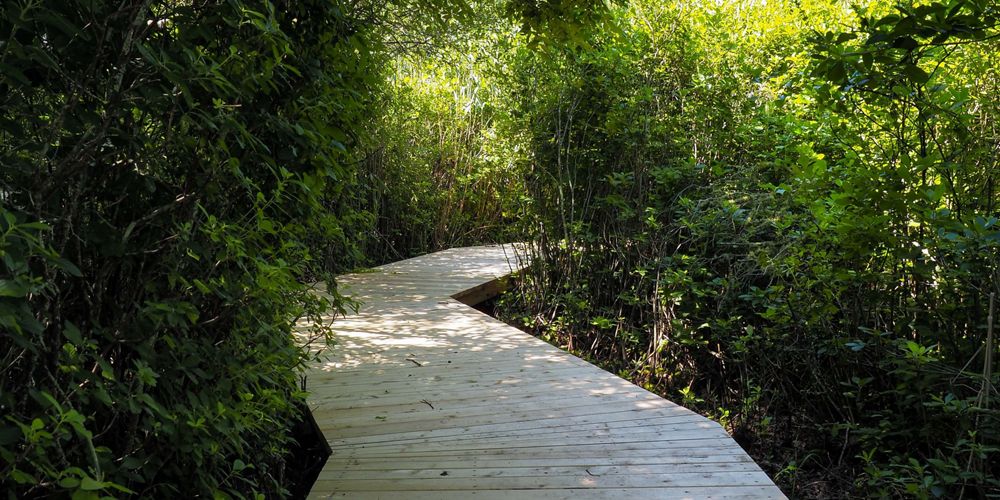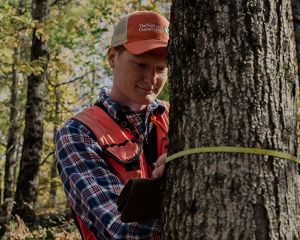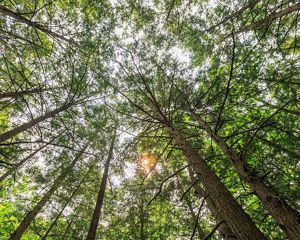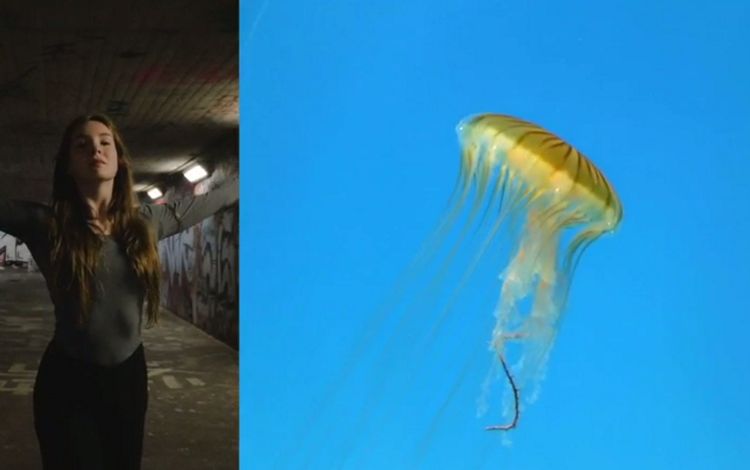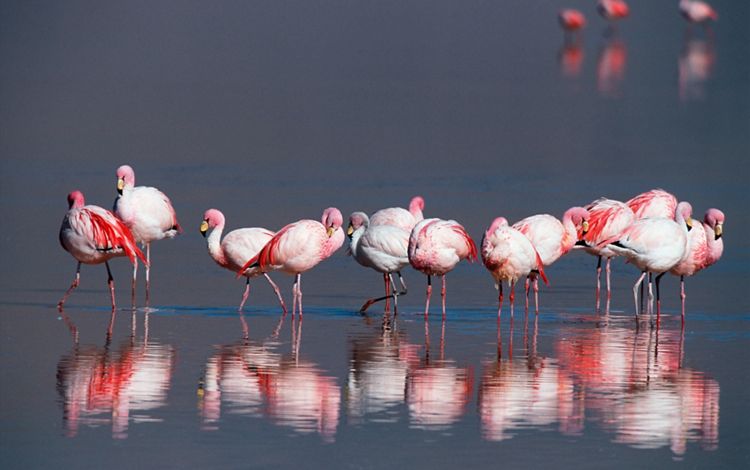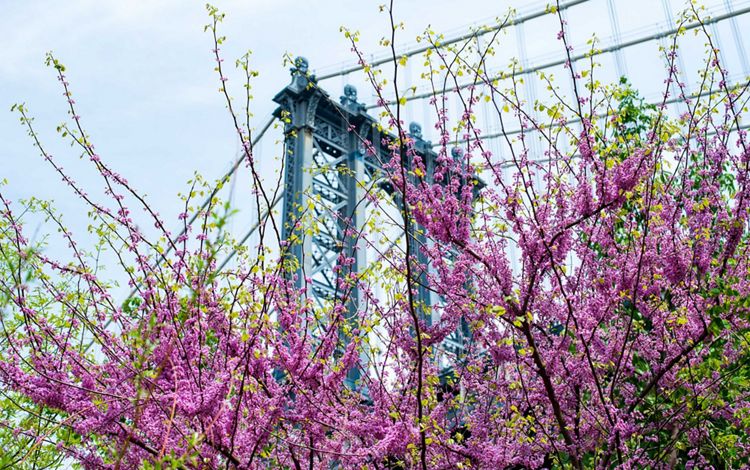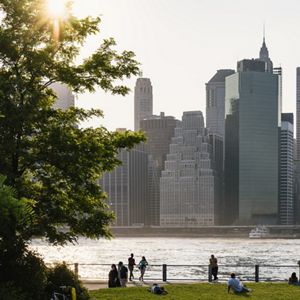Help Us Conserve Nature
Protect the nature you love in New York and around the world today.
Stay Updated with Nature News
Sign up for our monthly e-newsletter for the latest on conservation news, special events and inspiring stories from New York and beyond.
Speak Up for Conservation
Tell congress to preserve funding for conservation and climate.
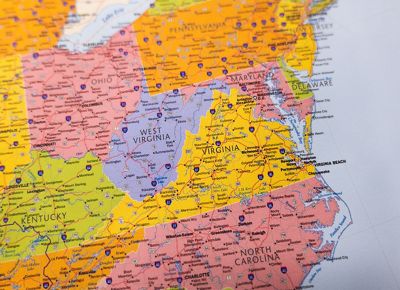
The Ultimate Appalachians Road Trip
Join us on an unforgettable road trip through the breathtaking Appalachians and experience nature at its finest.

An Outdoor Adventure in New York for Everyone
Discover accessible trails in New York State.

From Jaguars to Waterfalls: One Warbler’s Northbound Odyssey
Learn about the incredible 4000 mile journey blackburnian warblers embark on each spring using The Nature Conservancy's network of preserves for resting and refueling.

Five Nature Day Trips From NYC
From serene forests to breathtaking views, this is your day trip guide to exploring nature preserves around New York City.

Find Our Preserves & Places We Protect
From Long Island to New York City to the Adirondacks and the Great Lakes and beyond, our work extends far and wide across the state.
Join Us and Learn More
Sign up to receive monthly conservation news and updates from New York. Get a preview of New York's Nature News email.
